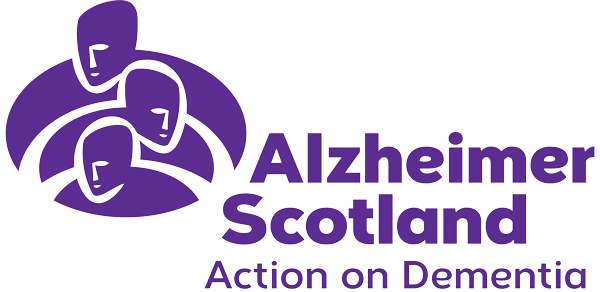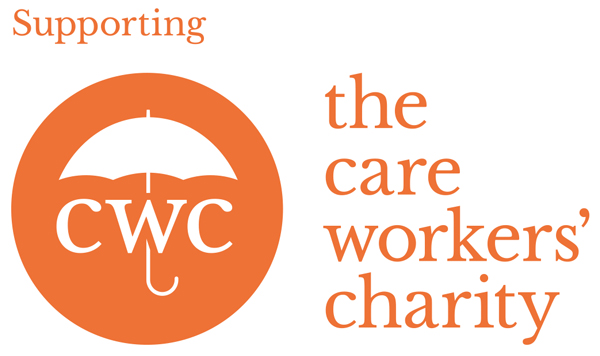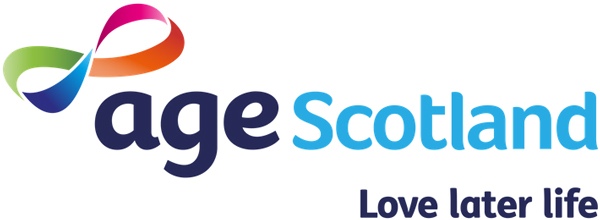
It is now 92 days since we learned of the first known case of Coronavirus in Scotland. On that day in March, Tony Banks and his team at Balhousie Care Group then found themselves navigating a path that would try them like nothing before. Here, the owner and founder of one of Scotland’s largest private care home operators lifts the lid on the true crisis surrounding Coronavirus in the care sector.
by Tony Banks, Chairman and founder of Balhousie Care Group
The news this week that a BBC survey found one in three Scots thought care homes had mishandled the Coronavirus crisis was sobering – but not surprising. Reading that made me realise people don’t know the full story surrounding COVID-19 in care homes. And it’s about time they did.
We locked down our 26 care facilities on March 11th, twelve days before the nationwide lockdown. The weeks and months since have been excruciating for relatives, frustrating and confusing for residents, and hellish for our staff. They’ve also been an operational and logistical rollercoaster – but without the good bits.
It’s been three months of mixed messages, mismanagement and missed opportunities by the Scottish Government, and the rate of COVID-19 related care home deaths is one of the highest in Europe. Our government leaders argue that this was all unchartered territory, that they have done their absolute best, that with hindsight they may have done things differently. I argue that they had the power and knowledge to act much earlier to prevent the spread of this insidious disease among our most vulnerable population.
Our extremely difficult decision to close down homes – one of the first care home operators in the country to do so – was not taken lightly. Despite requests from industry bodies, there had been no clarity or guidance from the Scottish government prior to March 11th. We watched as Coronavirus cases began to rise and realised we had to take matters into our own hands. We have a duty of care to our residents. It is our job to protect them.
On March 13th a number of local authorities asked us to help free up hospital beds by taking patient admissions from the NHS. We asked for the patients to be tested for COVID-19 before we took them and were told no. In at least one of our care homes we can directly attribute the first positive cases of COVID-19 to a new admission from hospital.
On May 21st, Health Secretary Jeane Freeman said more than 900 patients were released from hospitals into Scotland’s care homes during the first month of the crisis – a figure that dwarfs her original claim of around 300. And the advice to us at that time was simply to carry out a risk assessment on the new resident admissions and isolate them for seven days (later extended to 14). This despite little being known about the virus and its symptoms. We may as well just have crossed our fingers.
Testing was promised but has simply not been delivered. It was 62 long days between March 1st – the date of the first positive test in Scotland – and May 1st when the Scottish government promised sample testing in homes without the virus, and testing of all residents and staff where there were cases. On May 18th the Health Secretary announced routine tests for all 53,000 of Scotland’s care workers and admitted that care workers were the “prime vectors” of the virus. By then 1749 people across Scotland’s care homes had lost their lives to COVID-19.
Apart from testing delays, there has been massive inconsistency in speed and capacity across health authorities, and a shocking lack of awareness of this at government level. Daily government briefings promised testing for our staff and residents. It was a different story on the ground. Testing facilities were often unavailable or out of reach. And when public health officials promised to come to us, the testing didn’t always happen. Between May 1st and May 15th – two weeks after the government’s first promise on testing in homes with cases – two of our pleas to health officials went unanswered. We were told there was “not enough capacity” to carry the tests out.
The strategy from Scottish government was clear from the start: to protect the NHS. This was as a success. But at the expense of this, hundreds of care home residents in Scotland have passed away before their time. And as we navigate this unholy mess there are police investigations into COVID-19-related deaths, Procurator Fiscal referrals and an announcement from Scottish government that ‘failing’ care homes face being taken under local authority control. I know I’m not alone in saying that private care home operators feel betrayed.
Guidelines on other Infection control and other guidelines have come in thick and fast and are ever-changing and conflicting. If you try and follow the thread of changes on Scottish government’s website, good luck; older, comparable versions of the guidelines have often been deleted.
Eleven weeks into this pandemic, our experience of working with six different local authorities and four health authorities tells us that they rarely talk to each other. Their approaches and rules differ, and some of their requirements on our homes are wholly unreasonable. Panic amongst officials has risen directly in line with the rise in negative press surrounding care homes, and some of our relationships are and the impact on us is often more work. And I question why our health officials were not better prepared when we had the experience of several other countries to draw on.
Our staff are unbelievable. We came up with the phrase ‘Everyday Heroes’ two years ago as part of an internal employee recognition scheme. Today, that couldn’t be more apt. We’re asking them to get to grips with new and changing guidance as they do their ‘day job’ of being a family to our residents. They are uncomplaining as we issue them new rules on the temperature to launder clothes, or what chemical to use on what surface.
Our heroes are sweating it out (literally – try wearing a face mask for twelve hours and you’ll know) while trying to keep spirits up among residents and themselves. And we’re more than aware of the impact it’s having on their wellbeing. Counselling lines and a hardship fund have been in place for them since almost the beginning.
Thankfully, COVID-19 cases and deaths at Balhousie Care stand at less than half the industry average and recovery rates have been remarkable (in one of our homes all residents affected have recovered). I’m convinced that our swift action on closing doors and our strict policy on non-essential visits – which was only this week relaxed to include end-of-life visits – is an important factor, as are our high standards of infection control.
That said, we are not complacent – and nor should anyone be. There are lessons to be learned for everyone, and we all have a whole new normal to prepare for. On a practical level, we are taking extra precautions, including thermal imaging cameras for temperature checking and disinfecting foggers, as well as plans for staggered visitor booking systems, PPE guidance for visitors and designated meeting spaces.
But the crucial thing is this: we must have enough testing – for staff, residents and visitors, both anti-gen and anti-body tests, and testing that isn’t just one-off but continuous. This is vital now to stop the spread and prevent a second wave.
The First Minister says she is “working hard to support the sector in every way”. Part of supporting is listening, yet nobody is asking us to share our experiences. Maybe this will come with a public enquiry. In the meantime, let’s get the whole care sector around the table and share the valuable lessons we’ve all learned.
Let’s not forget the human cost of this pandemic. Every single person who dies is someone’s loved one – someone’s mum, dad, brother, sister, grandparent. They become our family when they move into our care home, and with the bonds that have developed these last three months we really feel the loss of their death. In their memory, and to protect the residents in our care today, we must learn from the mistakes of the past three months. That should include a full public enquiry. If not, we risk a second wave that could be substantially more aggressive and unforgiving than the first.
By the numbers: how COVID-19 has affected one leading care home operator
As the Scottish care sector prepares for a public enquiry into the crisis, Balhousie Care Group lifts the lid on how its homes have been affected by COVID-19.
- 19% of Balhousie Care Group homes currently report a suspected case of COVID compared to a national average of 44%**.
- May has seen a similar number of Balhousie Care residents pass away as during the winter flu months. A second peak of Coronavirus cases in the winter months could take 2020 flu deaths in care homes even higher, warns the group.
- Around half of Balhousie Care residents who have passed away in May tested positive for COVID-19.
- As of May 24th there were 3779 deaths from COVID-19 in Scotland*, 46%** in care homes. Deaths at Balhousie Care Group homes stand at 19.
Balhousie Care Group operates 26 homes across Scotland with 940 residents.
Sources: Balhousie Care Group, National Record of Scotland*, Scottish Government**









